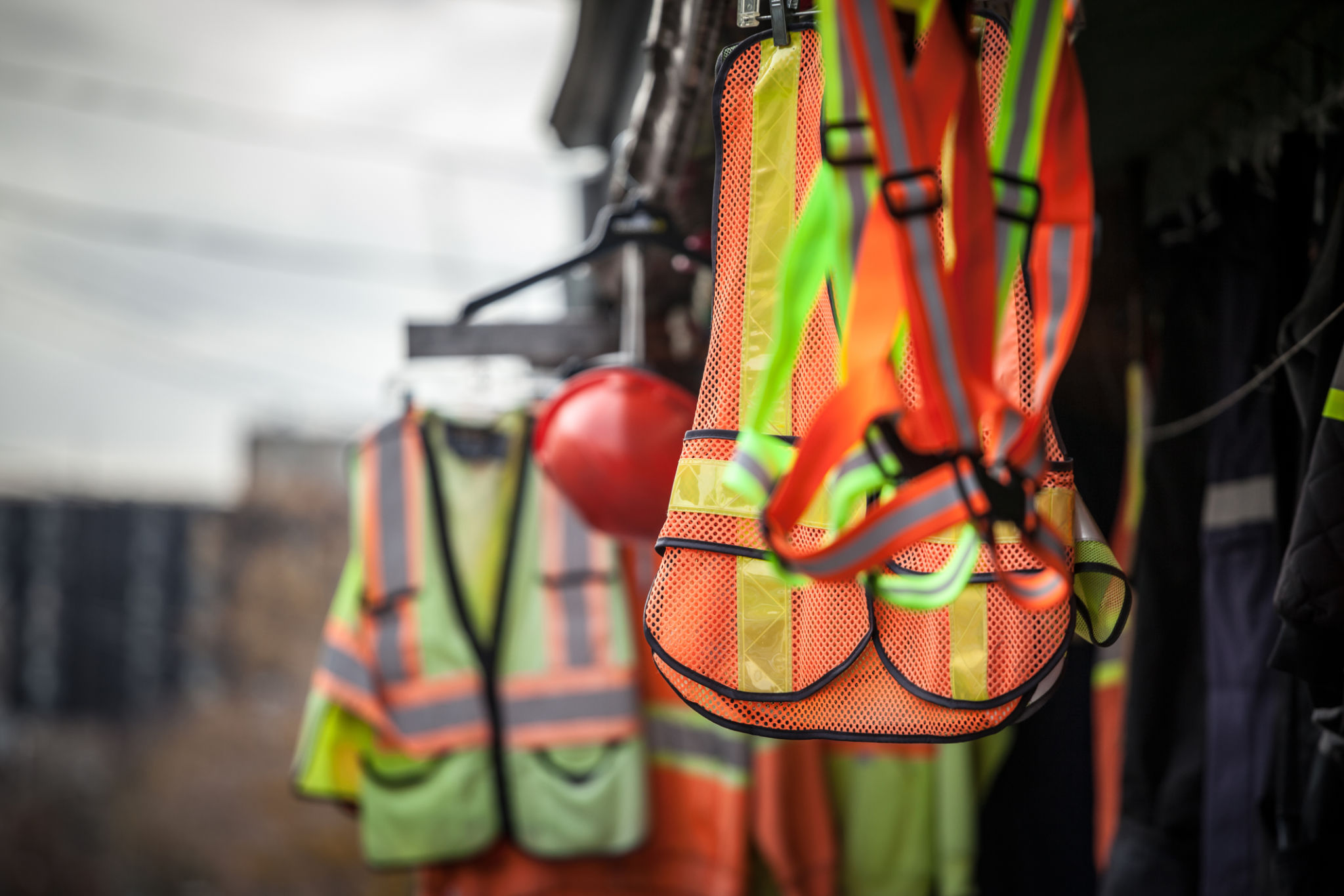Common Misconceptions About Scaffolding Safety in South Australia
Understanding Scaffolding Safety
Scaffolding is a critical component in the construction industry, providing a platform for workers to perform tasks at elevated heights. However, there are several misconceptions about scaffolding safety that can lead to accidents and injuries. Understanding these misconceptions is crucial for ensuring the safety of workers and maintaining compliance with regulations in South Australia.

Misconception 1: All Scaffolding is the Same
One common misconception is that all scaffolding is created equal. This belief can lead to improper use and increased risk. In reality, scaffolding comes in various types, each designed for specific applications and conditions. For example, suspended scaffolds are ideal for tasks on tall buildings, while supported scaffolds are more suited for lower heights. It's important to choose the right type of scaffolding for your project to ensure stability and safety.
Misconception 2: Erecting Scaffolding is Simple
Another myth is that scaffolding setup is straightforward and can be done without specialized knowledge. Erecting scaffolding requires expertise and understanding of load capacities, anchorage points, and environmental factors. Improper assembly can compromise the entire structure, posing dangers to workers. In South Australia, regulations mandate that only qualified personnel are allowed to erect or modify scaffolding structures.

Misconception 3: Regular Inspection is Unnecessary
Some believe that once scaffolding is set up, it does not require regular inspection. This is a dangerous misconception. Regular inspections are essential to identify potential hazards such as loose fittings, structural damage, or environmental wear and tear. Inspections should be conducted before each work shift or after any incident that could impact the integrity of the scaffolding.
Misconception 4: Safety Gear is Optional
Another dangerous belief is that safety gear is optional when working on scaffolding. Personal protective equipment (PPE) such as helmets, harnesses, and non-slip footwear are crucial for worker safety. PPE provides an additional layer of protection against falls and other site-specific hazards.

Misconception 5: Weather Conditions Have Little Impact
Many underestimate the impact of weather conditions on scaffolding safety. Wind, rain, and extreme temperatures can affect the stability of scaffolding structures and the safety of workers. It's important to monitor weather conditions and cease operations during adverse weather to prevent accidents.
The Importance of Training
A lack of proper training contributes to many scaffolding-related accidents. Workers must be trained in safe practices, including how to properly use equipment and recognize potential hazards. Comprehensive training programs help reduce the risk of accidents and ensure compliance with safety regulations.
Conclusion
Understanding and addressing common misconceptions about scaffolding safety is vital for protecting workers and ensuring successful project outcomes. By using the correct scaffolding types, conducting regular inspections, wearing appropriate safety gear, and considering environmental factors, construction sites in South Australia can maintain high safety standards.
